Welcome to the vibrant world of color theory in web design! As you embark on your journey through the digital landscape, understanding the principles of color theory is like having a trusty compass guiding you through the myriad of choices available. From the bold hues that demand attention to the subtle shades that evoke emotion, each color holds immense power in shaping user experiences and perceptions. In this blog, we’ll delve into the fundamentals of color theory and explore how they can be harnessed to create visually stunning and effective web designs. Whether you’re a seasoned designer looking to refresh your palette or a newcomer eager to learn the ropes, this guide will equip you with the knowledge and tools needed to navigate the colorful world of web design with confidence. So, buckle up and prepare to discover the endless possibilities that await as we unravel the mysteries of color theory in web design.
Creating Contrast and Balance: Using Color Theory to Improve Web Accessibility
In the vast landscape of web design, accessibility stands as a cornerstone principle. Ensuring that everyone, regardless of abilities or disabilities, can access and navigate a website seamlessly is not just an ethical obligation but also a legal requirement in many jurisdictions. One of the critical elements of web accessibility is color contrast, which plays a significant role in making content perceivable to all users. In this article, we’ll explore how leveraging color theory can enhance contrast and balance on your website, thus improving its accessibility for everyone.
The Role of Color Theory
Color theory provides a framework for understanding how different colors interact with each other. By applying color theory principles, designers can create harmonious color combinations that enhance readability and visual appeal. Understanding concepts such as hue, saturation, and brightness is crucial for optimizing color contrast on your website.
WCAG Guidelines
The Web Content Accessibility Guidelines (WCAG) set forth standards for creating accessible web content. One of the key criteria is ensuring an adequate level of color contrast, particularly for text elements. WCAG provides specific contrast ratios that text must meet against its background to be considered accessible. Adhering to these guidelines is essential for making your website inclusive to all users.
Tools for Evaluating Contrast
Fortunately, several online tools are available to help designers evaluate color contrast on their websites. These tools typically allow you to input the colors of your text and background and then provide a contrast ratio along with feedback on whether it meets accessibility standards. Integrating these tools into your design workflow can streamline the process of ensuring adequate color contrast.
Techniques for Enhancing Contrast
In addition to selecting colors with sufficient contrast, there are various design techniques you can employ to further enhance readability. These include adjusting font size and weight, adding shadows or outlines to text, and using background overlays or gradients. Experimenting with these techniques can help you find the optimal balance between aesthetics and accessibility.
Considering Different User Settings
It’s essential to remember that users may adjust their device settings, such as screen brightness or color filters, to suit their individual needs. Designing with flexibility in mind ensures that your website remains accessible across a range of settings and devices. Testing your design under different conditions can help identify potential accessibility issues and refine your color choices accordingly.
Color Trends in Web Design: Staying Current and Relevant
In the ever-evolving world of web design, staying on top of current trends is essential to create visually engaging and relevant websites. Colors play a pivotal role in shaping the aesthetic appeal and user experience of a website. From vibrant palettes that catch the eye to minimalist schemes that exude sophistication, understanding the latest color trends can help designers make informed choices that resonate with their target audience. In this article, we’ll explore some of the most prominent color trends in web design, equipping you with the knowledge to keep your websites fresh, modern, and on-trend.
Vibrant Color Palettes
Vibrant color palettes have been a prevalent trend in web design, injecting energy and personality into websites. Bold hues such as electric blue, neon green, and fiery red can create eye-catching designs that instantly captivate visitors. By leveraging vibrant colors strategically, designers can evoke emotions, convey brand personality, and create memorable user experiences.
Minimalist Color Schemes:
On the other end of the spectrum, minimalist color schemes continue to gain popularity for their clean, elegant, and timeless appeal. Neutral tones such as white, gray, and beige paired with accents of muted colors create a sense of sophistication and simplicity. Minimalist designs emphasize clarity and functionality, allowing content to shine without distraction.
Dark Mode
Dark mode has emerged as a significant trend in both web and app design, offering users a sleek and modern alternative to traditional light interfaces. Dark color schemes, featuring deep blacks, grays, and dark blues or greens, reduce eye strain, conserve battery life, and create a visually striking aesthetic. Implementing a dark mode option can enhance the user experience and cater to diverse preferences.
Gradient Effects
Gradient effects have made a resurgence in web design, adding depth, dimension, and visual interest to websites. Gradients seamlessly blend two or more colors, creating smooth transitions and captivating color combinations. Whether used as background overlays, button accents, or text highlights, gradients can elevate the design and create a sense of movement and dynamism.
Retro Color Palettes
Nostalgia-inspired color palettes reminiscent of past decades have become a popular choice for web design, tapping into feelings of nostalgia and vintage charm. Retro color schemes often feature muted tones, earthy hues, and faded pastels that evoke a sense of warmth and familiarity. By infusing a hint of nostalgia into their designs, designers can create a unique and memorable user experience.
Beyond Aesthetics: Using Color Theory for Enhanced User Experience
Color theory goes beyond mere aesthetics; it plays a crucial role in shaping user experience (UX) on websites. Understanding how color impacts perception, emotions, and behavior can significantly enhance the usability and effectiveness of your website. In this article, we’ll explore key strategies for leveraging color theory to create a more intuitive, engaging, and user-friendly experience for your visitors.
- Emotional Impact: Colors evoke specific emotions and associations. By strategically choosing colors that align with your brand personality and message, you can create a more immersive and resonant experience for users.
- Visual Hierarchy: Color can be used to guide users’ attention and establish a clear visual hierarchy on your website. By employing contrasting colors for important elements such as calls-to-action, you can direct users’ focus and facilitate navigation.
- Accessibility: Consideration of color contrast and readability is essential for ensuring accessibility for all users, including those with visual impairments. Adhering to accessibility guidelines and using tools to evaluate contrast ratios can improve inclusivity and usability.
- Brand Consistency: Consistent use of color across your website helps reinforce brand identity and familiarity. By maintaining a cohesive color scheme, users can easily associate your website with your brand, fostering trust and loyalty.
Conclusion
Delving into the realm of color theory within web design offers a profound understanding of how hues, tones, and contrasts can shape user experience and evoke specific emotions. By harnessing the power of color psychology, designers can strategically leverage color palettes to convey brand identity, enhance readability, and guide user interaction. Whether it’s establishing trust through serene blues or sparking excitement with vibrant reds, the artful application of color theory serves as a cornerstone in crafting visually captivating and impactful digital experiences.
For further inquiries or to explore how our team at Rank Fortress can assist you in integrating color theory into your web design strategy, feel free to reach out to us at (904) 770-5783. We’re dedicated to helping businesses in the USA elevate their online presence through thoughtful design and strategic marketing initiatives.

